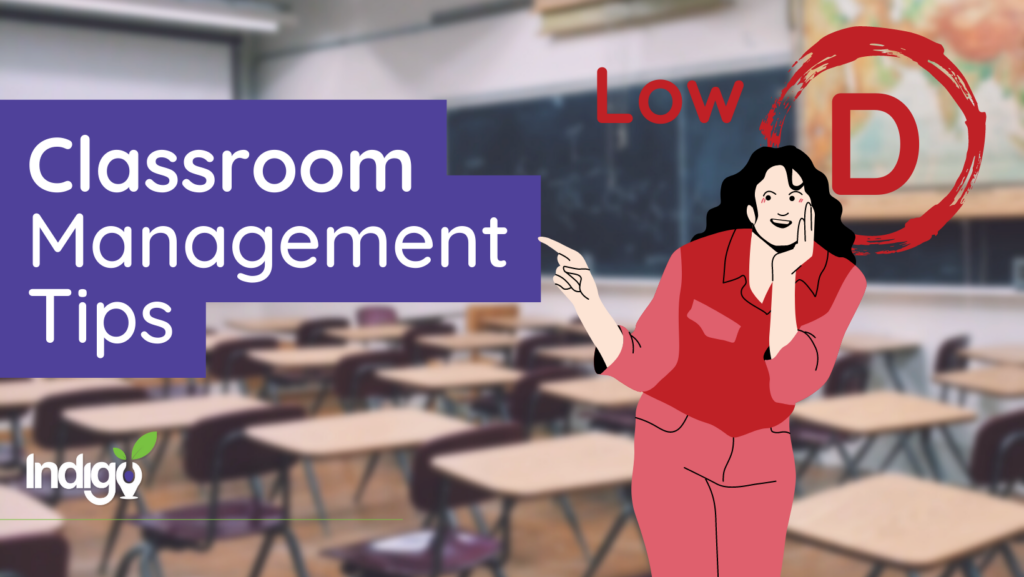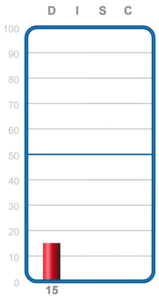Personalized classroom management strategies help meet individual student needs, fostering a positive learning environment, increasing motivation, and leading to better student performance. Understanding a student’s core DISC style provides a great framework helping each student thrive! In this blog, we’ll explore techniques for managing low dominance students, creating a structured and results-focused environment for optimal performance.
Someone who scores below 50 in the DISC Dominance behavioral style (red bar on the DISC graph) is considered “low” in that style. The lower the score, the more these classroom strategies typically apply.
Low Dominance students tend to be more collaborative in group settings. They may be less likely to speak up or take charge in a group situation and may be more comfortable following the lead of others. Low dominance students may also be more sensitive to criticism and may be less likely to take risks or try new things. They may also be more likely to be influenced by the opinions and actions of others.
Here are some classroom management strategies to keep in mind for you students who have a low dominance behavioral style:
Use a collaborative approach to decision making.
Low dominance students tend to shut down with conflict and may benefit from a collaborative approach to decision making, where their ideas and input are valued.
Encourage participation through small-group activities.
Provide positive reinforcement and encouragement.
Use a positive and supportive tone.
Use non-threatening and non-confrontational methods to redirect disruptive behavior.
Offer guidance and support.
These strategies aim to provide a safe and encouraging learning environment that takes into account the individual needs of low dominance students and encourages them to take responsibility for their learning and behavior. It also provides opportunities for positive reinforcement and recognition to build their motivation and self-esteem.
Note: It’s important to note that the DISC assessment is just one tool used to understand and describe behavior, and it should not be used to label or judge individuals. Each person is unique and may exhibit a combination of different behavioral traits. Additionally, behavior can change depending on the situation and context. Therefore, it is essential to use the information from the DISC assessment as a starting point for understanding and communication, not as a means of making judgments or assumptions about a person’s character or abilities.


